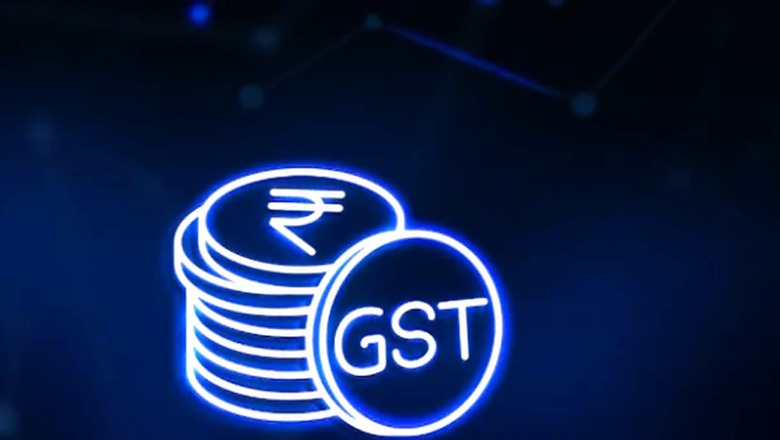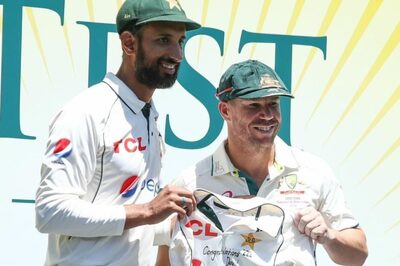
views
Goods and Services Tax (GST) is one of the most significant reforms that the government has undertaken since independence. It did away with myriad regulations, simplified the tax structure, and increased tax collections spectacularly, enabling governments to initiate social welfare schemes and build for the future. And above all, it has economically integrated India. However, there have been discussions about the viability of 18% GST on Health and Life Insurance policies.
The debate has gained momentum after calls from various sections of society requesting a review of the 18% GST rate on what is termed as “uncertainties of life”.
According to the Minister of State for Finance Pankaj Chaudhary, the GST collection from health insurance premiums and life insurance premiums for FY24 was Rs 8,262.94 crore and Rs 1,484.36 crore respectively. Cumulatively, the GST premium is nearly Rs 10,000 crore.
To put this in perspective, the FY25 Union budget allocation for Ayushman Bharat, which provides basic health insurance coverage to 50 crore underprivileged people and senior citizens amounts to Rs 7,500 crore. Hence, one could argue that the GST being paid by retail insurance customers, who typically belong to higher earning segments, are paying for health insurance of the more vulnerable sections of society. There would be a dent in this financing if the GST on health and life insurance were to be removed.
This is a powerful argument. However, there is another lens to look at this through. Insurance is a service unlike any other. It’s not a consumable item but a social security net to prevent the financial collapse of families in case of unforeseen circumstances arising due to medical emergencies. It is a fallacy to assume that the middle class of this country is not at risk of financial catastrophe.
A few important facts to understand this better:
The annual report by the Insurance Regulatory and Development Authority of India (IRDAI), India’s insurance regulator, said that there had been a 2.21% decline in the number of new life insurance policies issued in 2022-23 as against the previous year. This indicates that the middle and lower middle classes are opting out of insurance. Therefore, most of the growth in the industry is coming from higher insurance penetration in the more affluent segments who can cope better with rising insurance prices.
IRDAI also quotes a report by Swiss Re Sigma to say that insurance penetration of the life insurance sector reduced from 3.2% in 2021-22 to 3% in 2022-23. For the non-life insurance sector, penetration stagnated at 1%. This is again a signal that while the bottom of the pyramid is being taken care of by the government and the affluent section can bear the cost of insurance, it is the average middle-class person, also known as the ‘missing middle’ who is not able to afford insurance.
The impact of this can be catastrophic for the country. As per the World Health Organization (WHO), among major economies, India has one of the highest out-of-pocket spending (almost 50%) in case of health emergencies. This is a direct fallout of a lack of an effective social security net as well as low insurance penetration. This high out-of-pocket cost impacts the economic surplus generation ability of the middle class, which is the growth engine of any economy. And the middle class of India is middle only in the context of the low-income of India. In other countries, their income might place them much lower.
Several economic studies have proven that a social safety net, whether provided by governments like in the (European Union) EU or Canada, or those providing private insurance like in the United States, has a multiplier effect on the economic growth of a country. To that extent all efforts should be made by the government of India to expand the insurance coverage in the top half of the population.
While doing away with GST completely might not be feasible, we believe that the government can look at rationalisation. Another way to expand this coverage to incentivise employers, both in the formal as well as informal sectors, is to extend health insurance to their workers.
-The author is the CEO of CarePal Secure. Views expressed are personal.




















Comments
0 comment